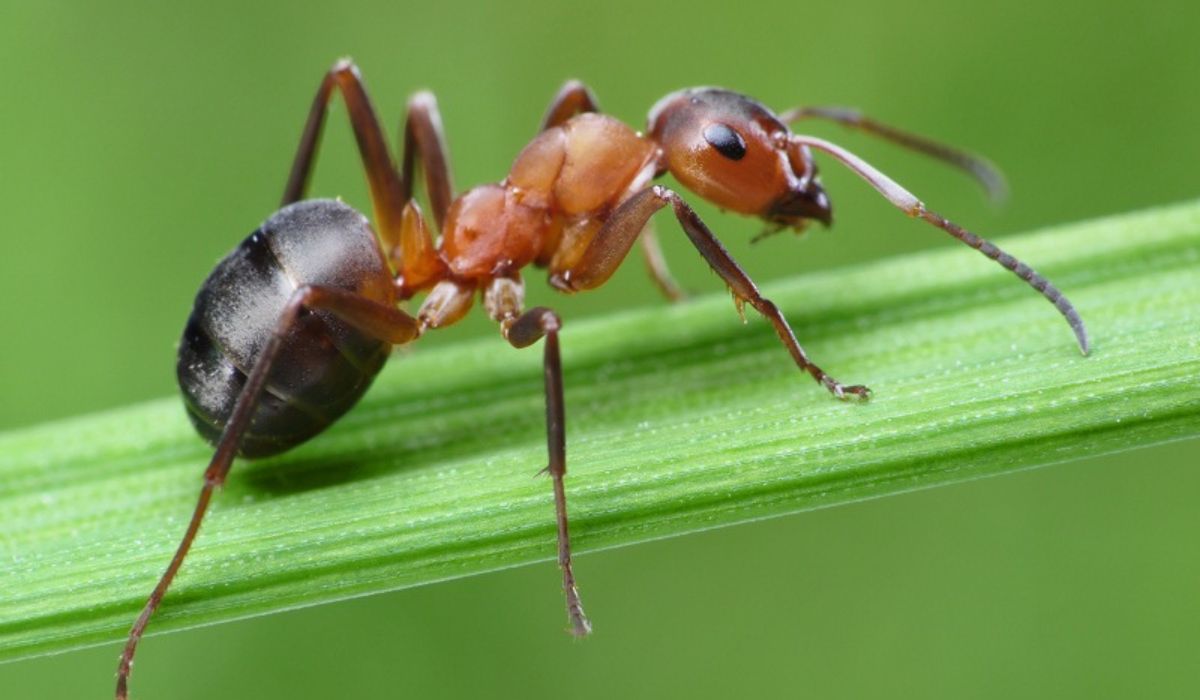Ants, the itty-bitty insects that nevertheless always manage to find their way into our homes and gardens, are truly extraordinary creatures. They have fascinating traits and adaptations that help them thrive so well as a species. The legs of ants are a common point of interest. How many legs do ants have and what purpose do they serve in the life of an ant? In this article, we will examine the structure and function of ant legs, as well as the wide variety of leg adaptations among ant species.
The Body Structure of Ants
Understanding an ant’s anatomy as a whole is necessary before appreciating its legs in isolation. Hymenoptera insects like ants have a distinct head, thorax, and abdomen that make up their distinctive three-part body. Because of this segmentation, ants are able to move quickly and efficiently over different surfaces.
Antennae, eyes, and the mouthparts are all located in the ant’s head, making it an important sensory hub. It’s essential for things like talking to others, getting food, and finding your way around. The thorax, which is attached to the head, controls the ants’ leg movements. In ant species that are capable of flight, the thorax is also home to the essential muscles that propel the wings. Last but not least, the abdomen houses crucial systems like the digestive and reproductive ones.
Ant Legs: An Essential Tool
The legs of an ant are used for a wide variety of purposes. Their legs are versatile, allowing them to walk, run, climb, and dig with equal ease. But precisely how many legs do ants have?
Number of Legs
All insects, including ants, walk on six legs. For efficient movement, ants rely on these legs, which are linked to the thorax. When compared to other classes of arthropods, insects can be easily identified by their greater number of legs.
Leg Structure and Function
Ants’ legs are elaborately constructed for different tasks. The coxa, trochanter, femur, tibia, and tarsus are only some of the bones that make up each leg. Together, these parts allow ants to move about with agility, balance, and precision.
Tiny sensory hairs on an ant’s legs allow it to pick up on vibrations and chemical cues. These sensory talents help ants navigate their environment, interact with one another, and find food. In addition, ants are capable of adhering to surfaces in any orientation because to the adhesive pads located on the tarsi, the last segment of each leg.
Adapting to the Environment
Millions of years of evolution have produced an astonishing variety of ant species, each with its own set of unique traits. Legs are another area where this diversity is on full display, with a wide range of adaptations to various environments and functions.
Leg Variation Among Ant Species
The legs of several ant species seem different. Some species of ant have extremely lengthy legs, which allows them to travel great distances rapidly. In order to find food, these animals frequently have to venture far from their known territory. However, ant that construct their nests underground may have shorter, thicker leg to help them navigate the tight quarters.
Specialized Legs for Different Tasks
Some types of ants have evolved with purpose-built legs. Weaver ants, for instance, use their strong jaws and modified legs to grasp and pull silk strands as they build their elaborate nests. In order to keep a firm grip on surfaces while marching in vast columns, army ants have developed powerful, spiky legs.
Conclusion
Ants, with their extraordinary adaptations, such as having six legs, are a great example. Their legs are crucial to their daily lives because they allow them to move around, interact with others, and carry out their assigned tasks within the colony. Ants, a highly successful and diversified species of insects, have evolved through a variety of leg modifications and specific adaptations.
FAQs
Do all ants have six legs?
Insects, including ants, are easily identifiable by their six legs.
What are the different parts of an ant’s leg?
The coxa, trochanter, femur, tibia, and tarsus are all parts of an ant’s leg.
How do ants use their legs to communicate?
In order to communicate with other ants, ants use sensory hairs on their legs to pick up on vibrations and chemical cues.
Why do some ants have longer legs than others?
Long-legged ants, which are common in open environments, are better able to cover great distances quickly and efficiently.
Are there any ants with specialized legs for specific tasks?
Some species of ants do, in fact, have modified leg that are better suited for specific activities like nest building or marching.











